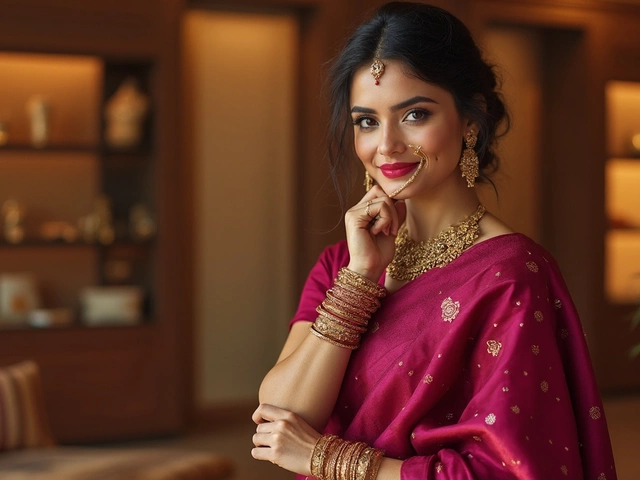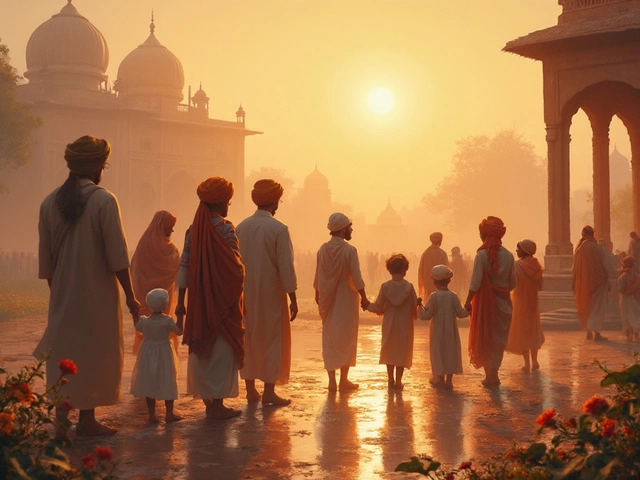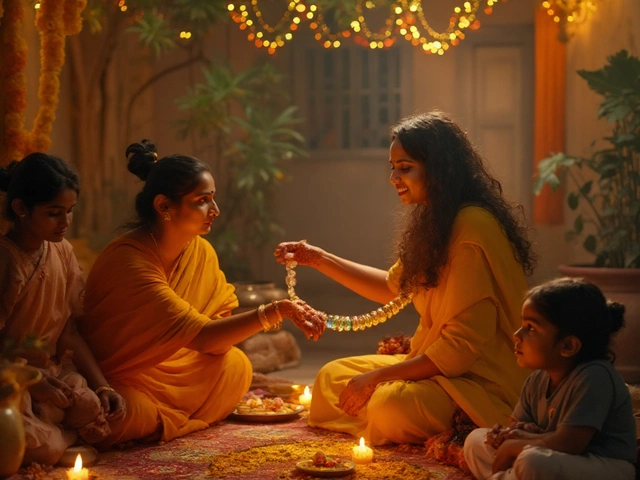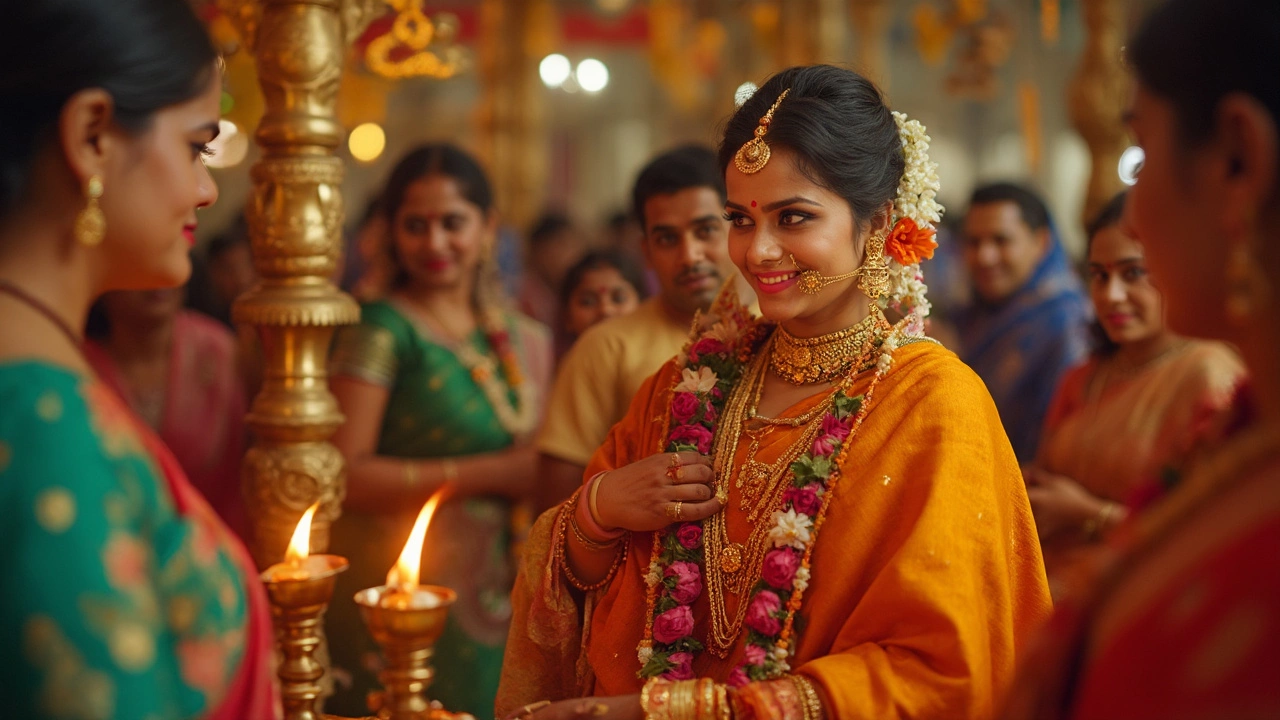
You might think gold chains and black beads are just jewelry, but in India, they’re loaded with meaning. The debate between thali and mangalsutra isn’t just about fashion—it cuts to the core of marriage, religion, even family arguments over tea. I remember once attending a Chennai wedding, and my friend whispered, “That thali is more watched than the bride herself.” There’s pride, a splash of drama, and deep-rooted stories in these tiny objects. Stick with me, and you’ll see how a little string of beads or a gold pendant can symbolize everything from eternal love to family unity, and why the difference between the thali and mangalsutra actually matters more than you think.
Unraveling the Origins: Thali and Mangalsutra in History
If you trace the thread of Indian weddings back, you’ll find the thali and mangalsutra each have their own epic journeys—like a family tree with tangled roots. The thali’s birthplace is South India, especially in Tamil and Telugu speaking regions. You see it pop up in ancient Sangam literature (that’s old—think Romans crossing swords!) with brides tying the thali around their necks. Now, the mangalsutra takes the stage up north, taking shape around the 6th century in Sanskrit texts, but its modern version really found legs during the medieval era. As goldsmiths got creative during the Chola dynasty, strands started to feature specific motifs—each with a tale attached. Traditionally, the thali is a flat or cylindrical gold pendant, often with symbols like tulsi leaves (holy basil), shivalingam, or goddess engravings. Each symbol? It’s not just artistic whimsy: it points to caste, sect, or family history. For example, I once saw a Chettiar thali, shaped like a small shovel—it actually represented the prosperity of land. Flip to the mangalsutra: it means 'auspicious thread' in Sanskrit. This is often a string of tiny black beads parted by gold, believed to keep away bad luck and evil eyes. There are regional spins, too. Maharashtrian mangalsutras feature two vati (cup) pendants, while Gujaratis often go for intricate floral gold discs. Talk about longevity. Statistically, the jewelry market in India attributes at least 15% of all gold purchases for weddings toward thali and mangalsutra designs—the country’s gold obsession is legendary. The symbols may share the pedestal, but their tales branch out in every direction. You can dig up ancient poems where the thali rite is described as ‘knotting the soul,’ and modern-day Bollywood has made mangalsutra scenes iconic. Neither of these is just a one-style-fits-all deal; with more than 25 major design variations recognized today, the history is richly layered.
The Rituals: How Thali and Mangalsutra Play Their Roles
Weddings in India aren’t quick affairs—you’re not just saying “I do” and heading to a buffet. The highlight in many ceremonies is the moment where the groom ties the thali or mangalsutra. For South Indians, especially Tamils, the thali tying is called “Mangalya Dharanam.” Here’s the ritual: The pendant is tied with a yellow thread first (yellow from turmeric, a symbol of health and purity) with three knots. Each knot stands for the promise to respect, sustain, and protect the marriage. Aunties get emotional, everyone tosses rice grains, and you’ll hear nadaswaram music blaring in the background. Meanwhile, the northern style mangalsutra event has its own flair. In Maharashtrian weddings, amid chanting, the groom slips the mangalsutra—laced with black beads (called 'mani')—onto the bride. Guests clap; it’s a communal sign that the woman is now married, and local lore says the mangalsutra ‘creates a Shiva-Shakti' bond, believed to protect the couple from ill fortune. The black beads are a tip-off to village superstitions against the evil eye—if you see an unmarried woman wearing one, people will shake their heads. Curious tip: The thali is almost never removed, except for repair. With mangalsutras, though, some modern brides choose to swap it occasionally for lightweight versions. Friends joke about forgetting their mangalsutra when leaving for work, but for older generations, that’s like misplacing your soul! Interestingly, in multi-faith weddings or love marriages, couples sometimes blend rituals, tying both or custom-making a mangalsutra-thali hybrid pendant.
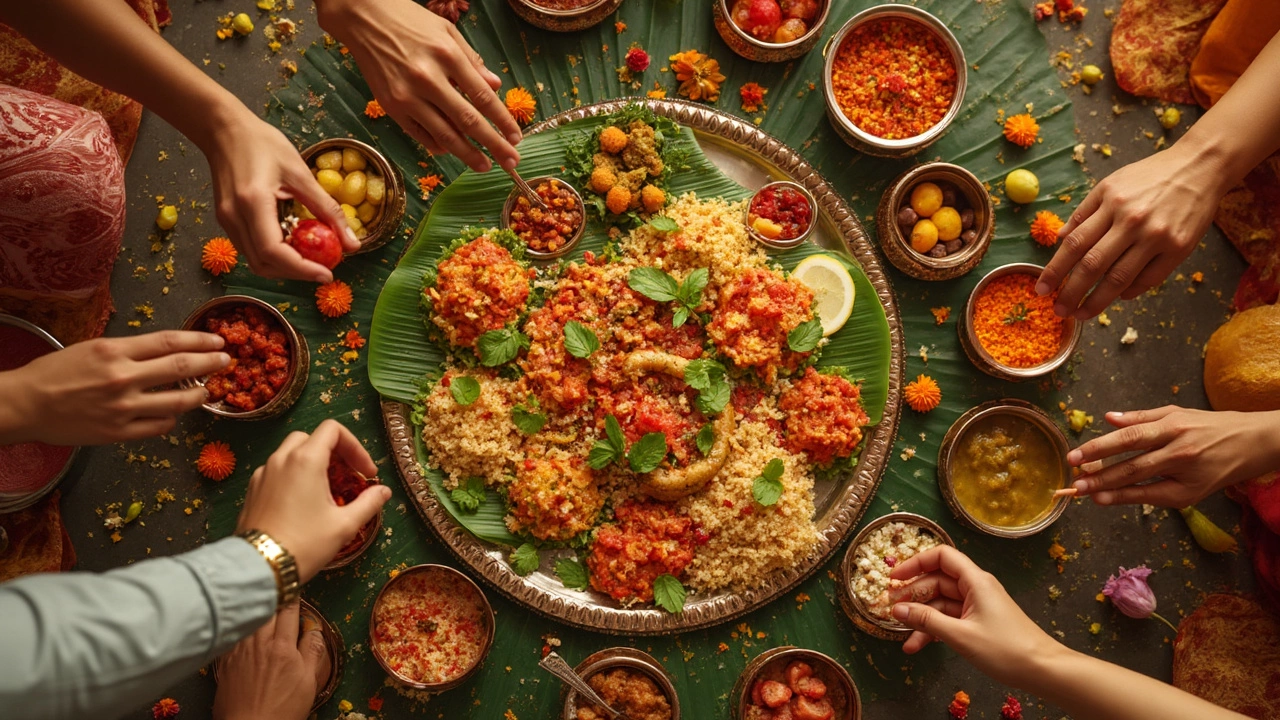
Symbolism, Design, and Differences: What Really Sets Them Apart?
Let’s cut to the chase. The thali isn’t the mangalsutra. Why? Think geography first. Thali is king in Tamil Nadu, Andhra Pradesh, Kerala, and parts of Karnataka—a must-have in South Indian Hindu weddings. Mangalsutra is the badge of marriage in the north, especially Maharashtra, Gujarat, and the Hindi heartland. Think of it as a local accent—you get recognized by the jewelry you wear. Design is where you spot the big split. The thali is typically bigger and flatter, with symbolic engravings or mini-sculptures—sometimes a family’s crest. Caste, sub-caste, or even regional custom can influence the pendant. Mangalsutra, on the other hand, is all about those black beads interspersed with gold. Some Maharashtrian mangalsutras show two hollow disc pendants, which locals say represent husband and wife—‘vatis.’ Tamil thali pendants may show sacred icons, while Andhra’s can have two leaves or sun-moon motifs. Here’s a quick side-by-side for clarity:
| Feature | Thali | Mangalsutra |
|---|---|---|
| Region | South India (Tamil, Telugu, Kannada, Malayalam) | North, West, Central India |
| Main Material | Gold (sometimes silver or gold-plated) | Black glass beads and gold thread/chain |
| Symbolism | Family/clan symbol, religious iconography | Warding off evil, signify marital status, auspicious thread |
| When Worn | After wedding, rarely removed | After wedding, some modern women replace or temporarily remove |
| Design Variety | More than 15 known unique styles | 10+ regional variations |
Let’s talk symbolism for a second. The thali’s engravings aren’t just random—it might be a goddess, a symbol of creation, or something as personal as rice grains (a nod to prosperity). The mangalsutra’s black beads are all about protection—they are believed to absorb negative energy directed at the married woman. Plus, scientists at the Indian Institute of Gemology even tested some beads and found they conduct static energy, which adds a little rational spark to the tradition. Now, family traditions can be sticklers about this distinction. My friend’s aunt tried to swap her thali for a mangalsutra when she moved from Chennai to Mumbai; her mother-in-law nearly fainted. People notice, and it matters more than you imagine—a little ‘wrong’ pendant can spark gossip at the next family reunion!
Modern Trends: Mixing, Matching, and Meaning Today
The world’s shrinking, and so are traditions. More Indian couples are opting for customized, subtle thalis or mangalsutras. You’ll find pendants hiding inside lockets, diamond-studded mangalsutras, rose gold thalis, and versions inspired by international brands. Jewelers offer “office wear” styles—because, let’s face it, running around South London or Edinburgh with a chunky thali can be a nightmare on the Underground. There’s also growing acceptance in love marriages and urban areas to ditch rigid styles. It isn’t unheard of for a Punjabi bride to request a thali-style pendant or a Malayali engineer to wear a solitaire mangalsutra. Bollywood stars helped this remix: Priyanka Chopra wore a classic mangalsutra after marrying Nick Jonas, but she often posts pictures without it. Meanwhile, social media is a big trend setter: Instagram is filled with hashtags like #MinimalMangalsutra or #CuteThali, and younger brides show off layered chains—a blend of tradition and fashion. But there are emotional reasons too. Many women say keeping the thali or mangalsutra close brings security, a powerful bond that reminds them of the wedding day or even their mothers. Some families will update the thali by adding tiny gold coins at anniversaries or after a child is born—a living story you wear around your neck. And for those marrying outside Indian traditions, couples sometimes invent their own symbols or adapt cultural hybrids, like blending a Celtic knot with a thali pendant—an idea that actually made my friend Whiskers, my cat, jump onto my keyboard as I was researching it. If you’re ever buying one of these or attending an Indian wedding, ask about the story behind the pendant or chain. Trust me, you won’t just get jewelry advice, you’ll get family history, village gossip, maybe even a homemade sweet or two. That’s the magic of these marriage markers: old and new, personal and universal, making big statements in the smallest, shiniest way.


